Editor’s Note: This review contains spoilers for Jerry Spinelli’s Stargirl (2000) and Disney+’s Stargirl (2020).
Jerry Spinelli’s coming-of-age novel Stargirl was a massive success when it hit shelves back in 2000. Now, with the book turning twenty years old, Disney+ has just released a film adaptation directed by Julia Hart (Miss Stevens, Fast Color).
The film certainly strays from its dated source material — but that choice may not be a good thing; the new take on the story is hardly a fresher one, but rather a far less powerful retelling of the original.
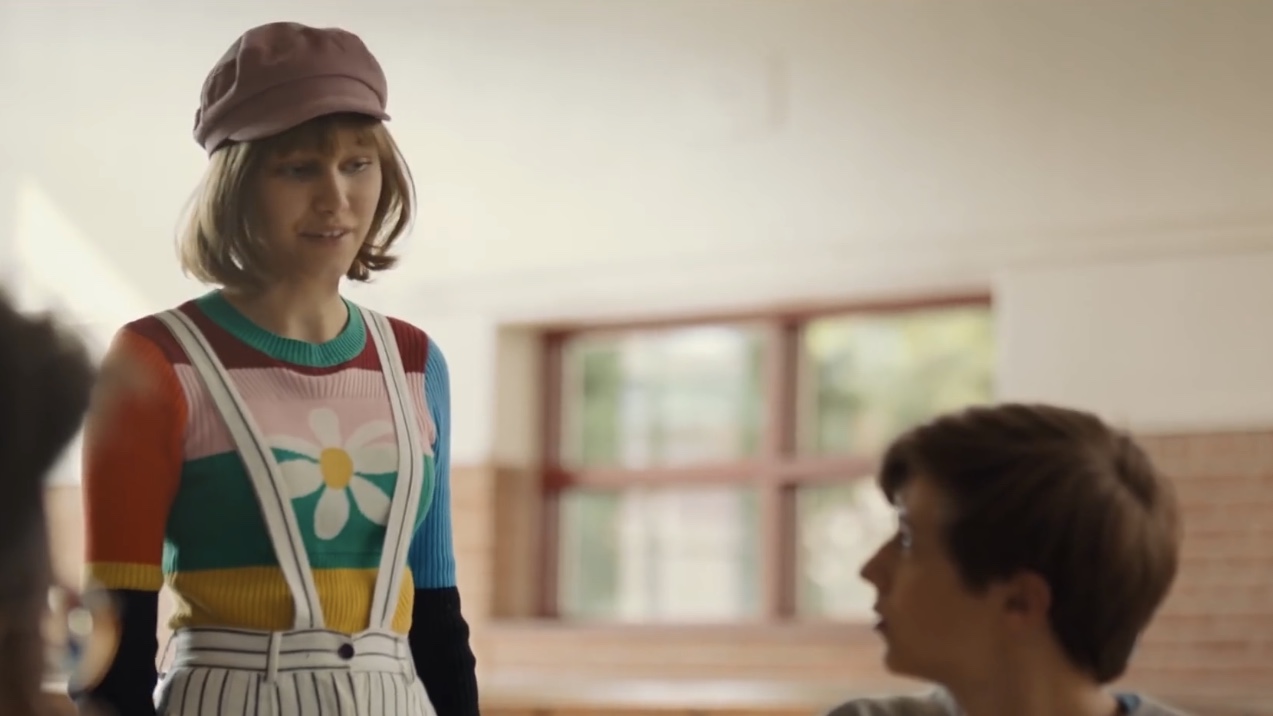
Image From YouTube
Stargirl is a story that follows Leo Borlock (Graham Verchere), a boy who attends Mica High School in Arizona where nothing notable ever seems to happen. That is, until an eccentric tenth-grader named Stargirl Caraway (Grace Vanderwaal) arrives. Stargirl, who plays ukulele in the cafeteria, dresses in outlandish costumes and carries around a pet rat, instantly becomes the talk of the town with her weird and unconventional behavior.
At first, the students of Mica High celebrate her strangeness; but as time goes on, Stargirl is soon targeted for the very traits that make her stand out. Through it all, Leo and Stargirl’s blooming relationship is put to the test. Leo is forced to confront a society that refuses to accept Stargirl for her individuality.
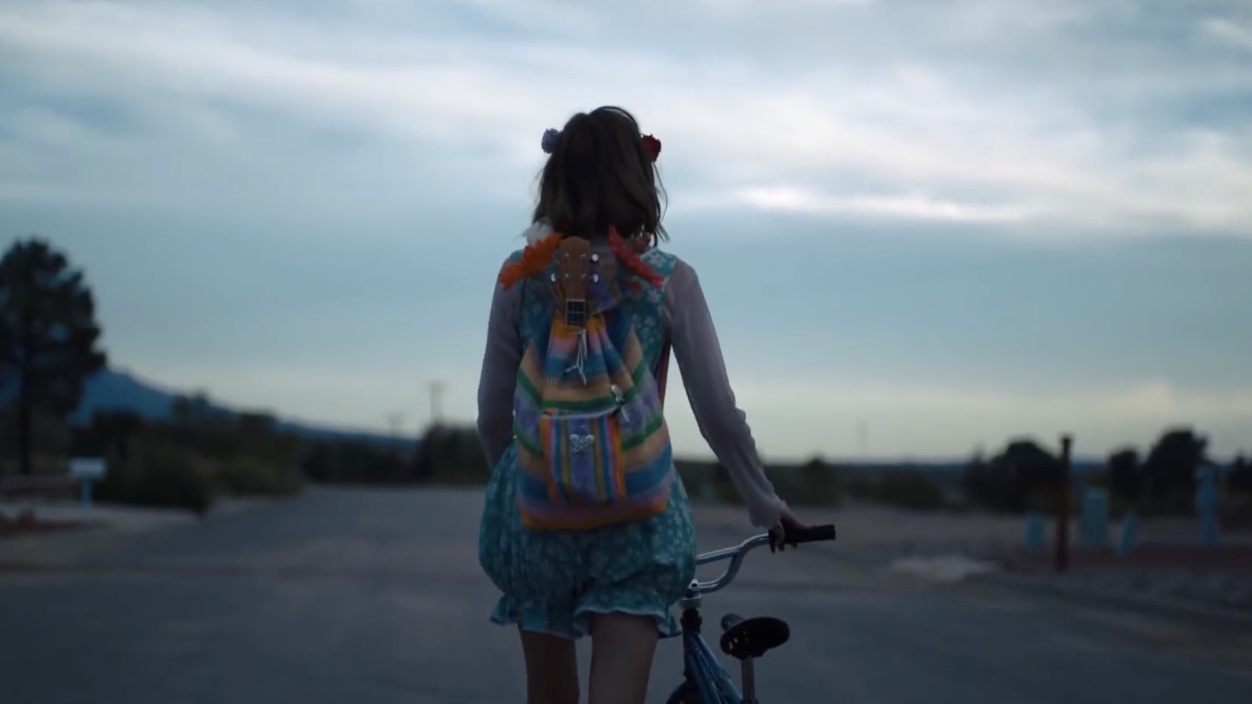
Image From YouTube
The Stargirl film has a clear visual drive, due largely in part to skilled director Julia Hart. It is highlighted by warm, golden desert tones in contrast with soft, moonlit blues — gorgeous images produced by cinematographer Bryce Fortner. But most of the merit stops there, with the other aspects of the film being lackluster and a bit sloppy.
The movie’s young leads, Graham Verchere and Grace Vanderwaal, do not deliver particularly notable performances, but they are by no means distracting. There is clearly good thought put behind the film’s production design, particularly in scenes with the “Hot Seat” set and on the football field.
What is perhaps the film’s greatest shortcoming is its inability to take its own thematic advice and embrace that endearing weirdness that the book so effortlessly delivers.
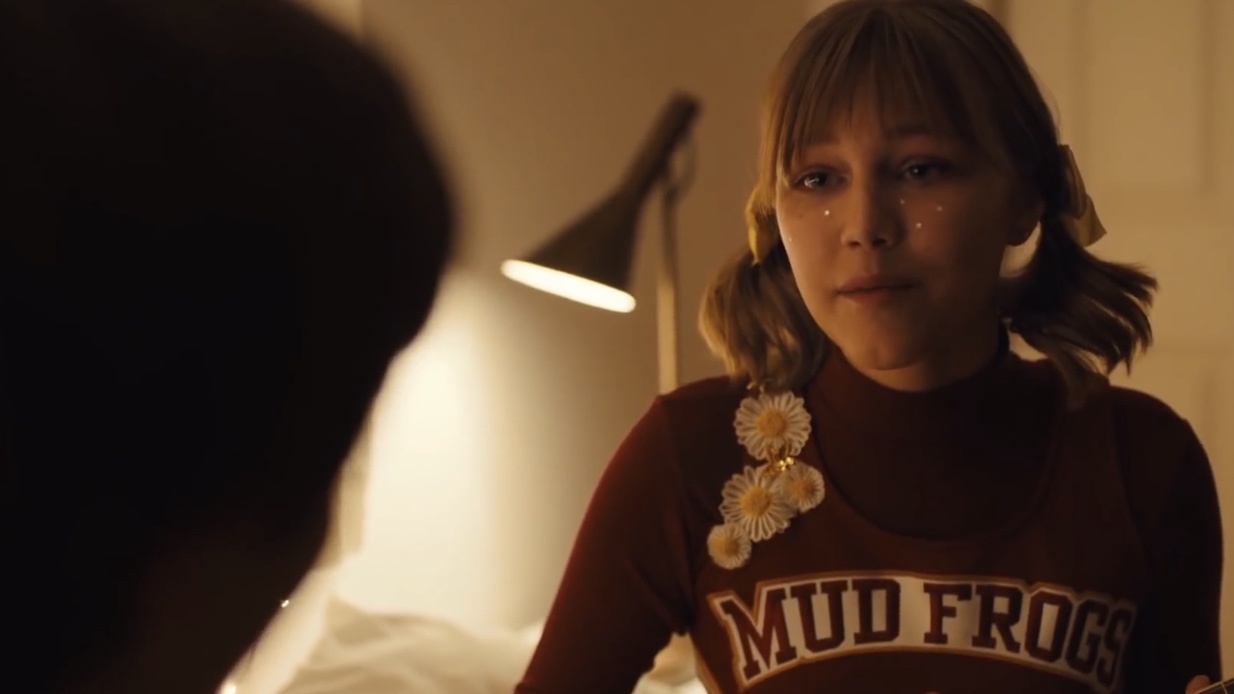
Image From YouTube
In the book, Stargirl’s quirky character is accentuated by her gratuitous acts of kindness, which are at many times a bit inappropriate. She attends (and cries at) a complete stranger’s funeral. She outright stalks people, following and observing them so that she can later give cards and gifts to them.
The thing that makes Stargirl so compelling is that she is not just a “nice girl” — many of her decisions are questionable and socially unacceptable, even if driven by benevolent intentions. It is for this reason that when the students at Mica turn their backs on Stargirl, it is incredibly disheartening but ultimately understandable and realistic.
But in the film, we never get to see that side of her, only hearing choppy fragments of it through messy dialogue. We rarely even get to see her surface-level kindness. Because of this, there is hardly any emotional connection to be made with the iconic character, and by the time Stargirl is ostracized by the school, we’re left wondering why.

Image From YouTube
Another essential beat of the original story lies in the way Stargirl presents herself. Stargirl dresses up in elaborate, eye-boggling costumes in the novel, wearing pioneer skirts, flapper dresses, kimonos, buckskins and farmer clothes. Stargirl’s fashion choices are so alien that if she were real, she would undoubtedly get critical judgments thrown her way.
However, movie Stargirl dresses alternatively at worst; none of her clothing is shocking or tacky. She merely appears as if she doesn’t shop at name-brand stores. This makes the school’s bewilderment with Stargirl come off as unreasonable and extremely cynical, rather than reflective of our own society.
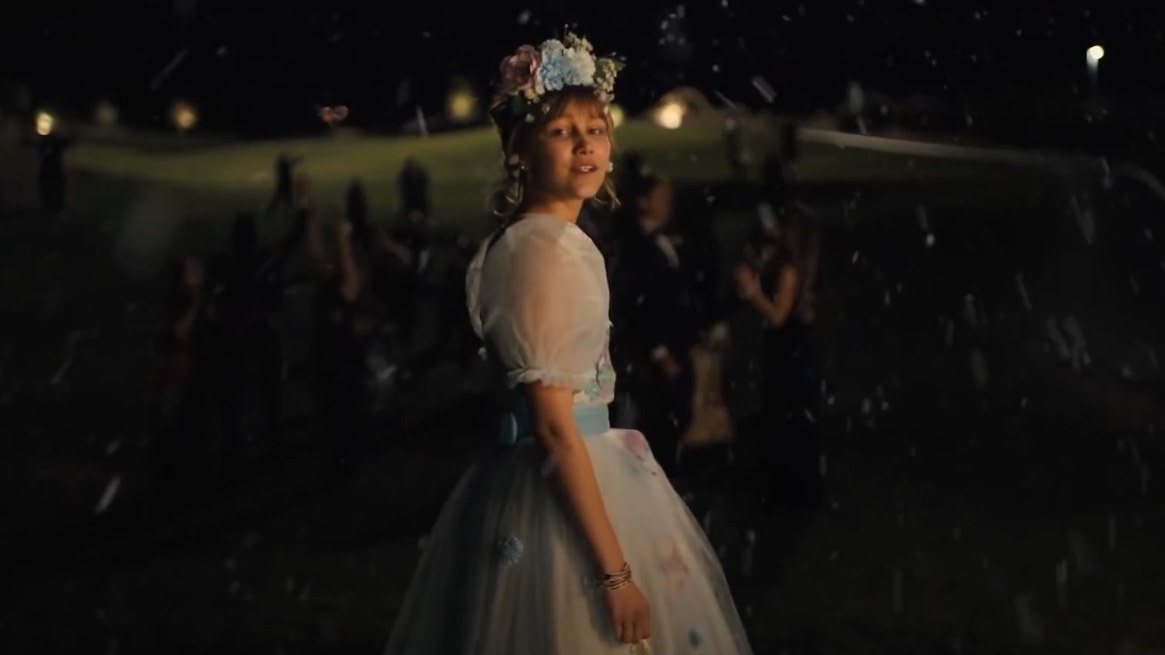
Image From YouTube
The film also diverges from the novel in that it attempts to string together a tragic backstory for Leo, our main character. While both of Leo’s parents are unimportant in the book, the movie throws a mess of brand-new exposition at the audience with Leo’s dad having apparently died years before, paving the road for Leo’s turn to nonconformity.
Virtually all of this exposition is delivered solely through a monotonous voice-over by Graham Verchere, although the cheesiness of his monologue can be blamed largely on part of the script. The film ends with Leo finding his voice again both literally and metaphorically, as he is thrown under the spotlight to sing at his school’s Winter Ball.
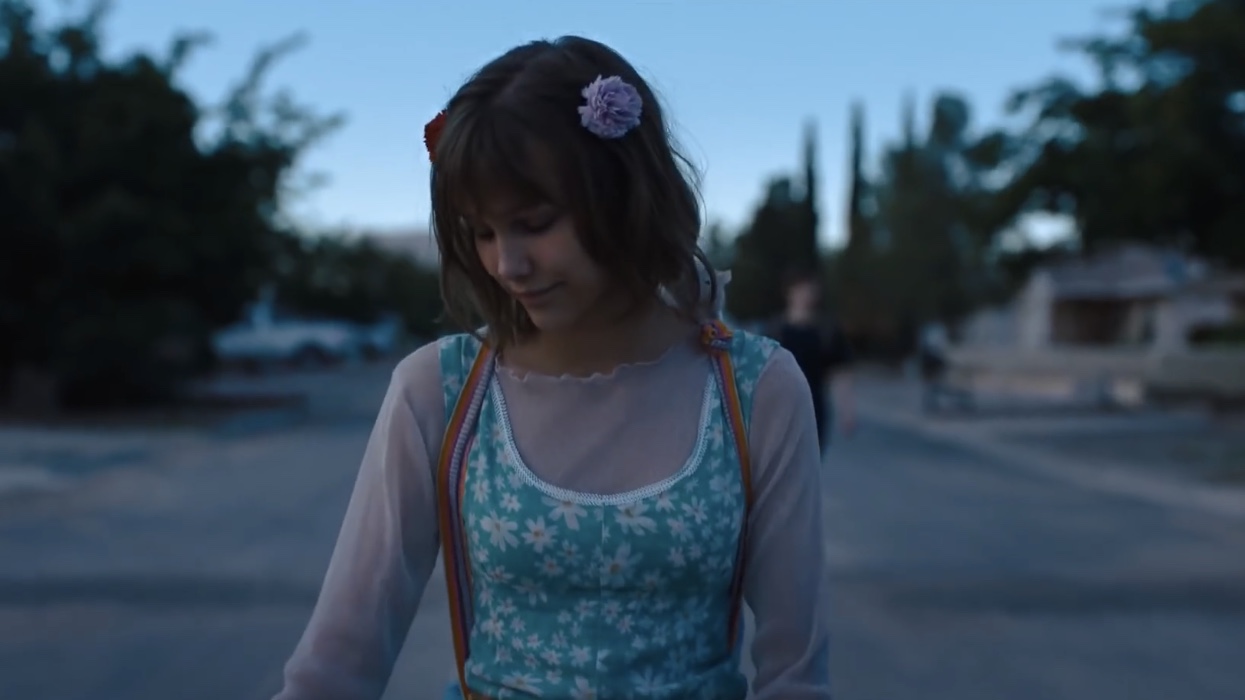
Image From YouTube
This abrupt ending to the otherwise dragging and largely boring story is probably the most explanatory for the film’s failure to capture the nuances of its source material. In the novel, Leo did not have any past baggage to justify his nonconformity, nor did he have any hidden talents that made him remarkable.
But that is exactly what allows readers to see ourselves in Leo. Oftentimes we are not victims of any kind of societal ostracization ourselves; rather, we become aware of the social definition of “normal” from a young age and simply learn how to fit into it.
Moreover, being in the spotlight like Stargirl is not the only way to be yourself. The point of the book is not to be like Stargirl; not all of us can play ukulele and dress against the norm and have pet rats. Instead, Spinelli artfully tells his readers to embrace our quirks in ways that are raw and honest, however small.
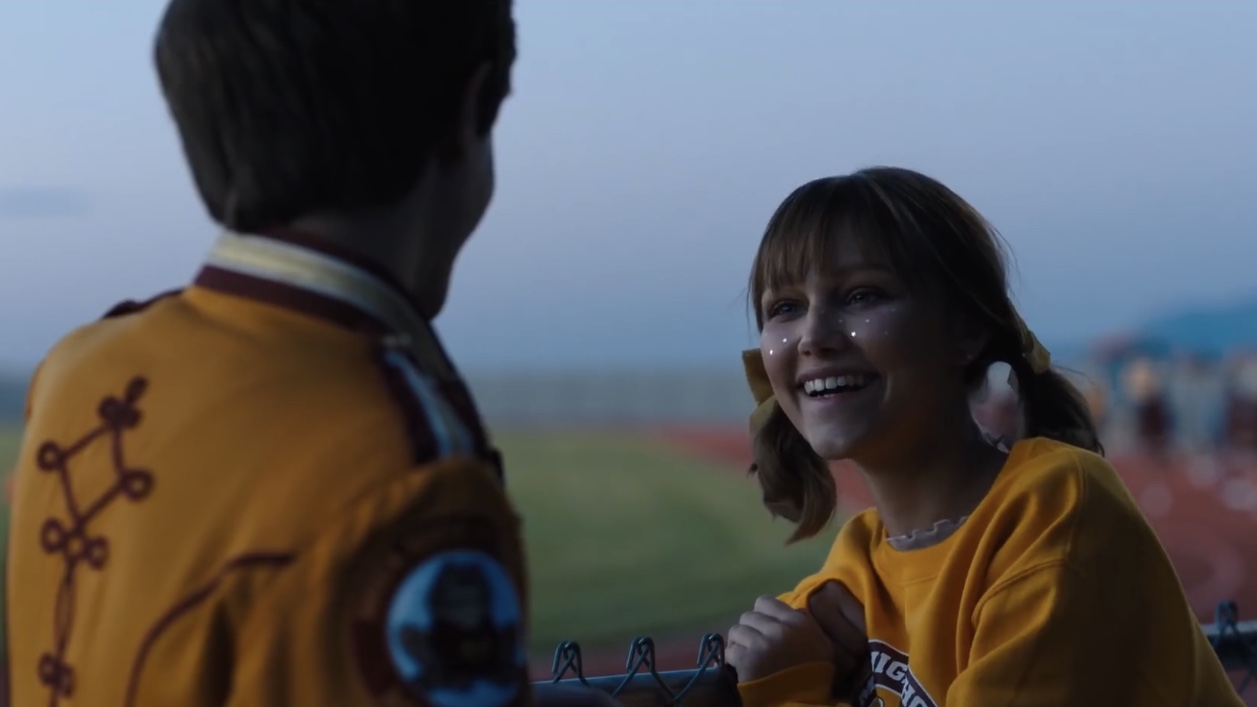
Image From YouTube
Stargirl is a film that ultimately misses the mark, lacking both substance and emotional power. While it may suffice as a cute, low-commitment high school romance story, it is a shame that the heartwrenching original novel is reduced to just that. Stargirl is by no means a cinematic feat — and at the end of the day, you’re likely better off reading (or re-reading) the book.










